EXPLORACIÓN
31 de julio de 2017
Automatizando el futuro
Este artículo apareció originalmente en la revista Perforación de Australasia.
La seguridad impulsa la innovación en el sitio
La ola de innovación que existe actualmente en la perforación de superficie y subterránea implica desarrollos en automatización que hacen avanzar la industria a pasos agigantados en materias de seguridad.
Los controles electrónicos y otros desarrollos tecnológicos permiten a los perforadores operar sus equipos estando físicamente alejados de posibles fuentes de peligro. Si bien el impulsor de base para la automatización es la necesidad de aumentar la seguridad, la automatización también se traduce en una mayor productividad para las operaciones mineras.
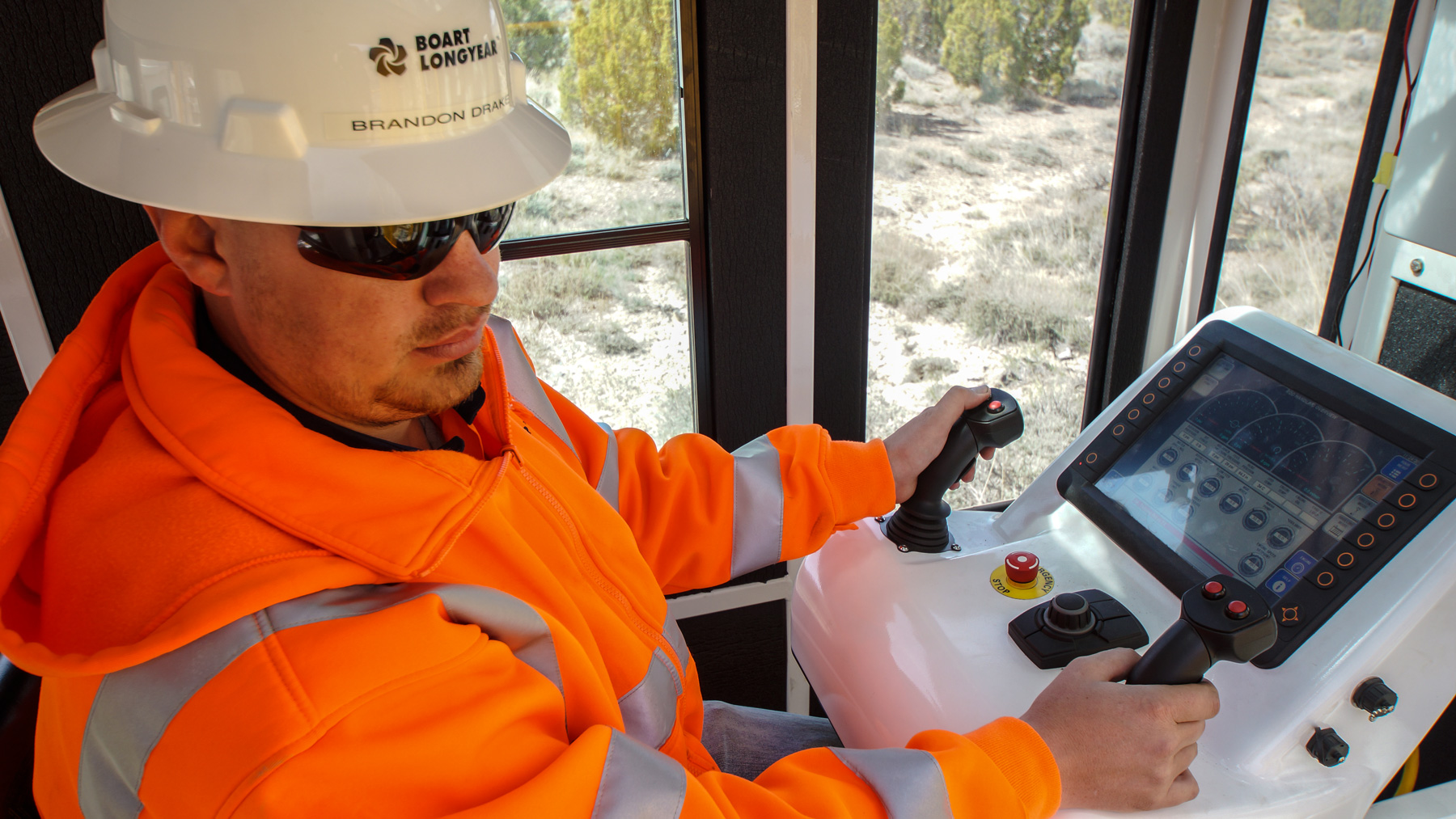
Echemos un vistazo más de cerca a la evolución hacia los controles electrónicos, la herramienta principal que permite la automatización de los equipos de perforación. Durante la última década, las regulaciones de seguridad cada vez más estrictas han requerido que las operaciones mineras adopten controles y procedimientos complejos y sofisticados para cumplir con esas regulaciones, lo que lleva a circuitos eléctricos más complicados y paneles de control de mayor envergadura y más engorrosos. La maquinaria operativa se vuelve más difícil para los perforadores y con ello también la solución de problemas.
Los sistemas de control basados en computadora pueden superar estos desafíos. Las funciones de enclavamiento de seguridad, como las barreras de rotación y los modos de apagado automático,además de los métodos operativos preferidos se programan en el sistema, lo que simplifica los circuitos y reduce el tamaño y el peso de los paneles de control. Estas características facilitan la operación de la maquinaria, al tiempo que cumplen con las regulaciones de la industria.
Las ventajas de los controles electrónicos son convincentes:
Mayor Seguridad
El beneficio número uno es un significativo mejoramiento de la seguridad en el sitio. Los perforadores pueden operar los equipos desde fuera de la plataforma, lejos de la "línea de fuego" directa. Con los sistemas hidráulicos tradicionales, los perforadores sólo pueden estar tan lejos como lo permitan las mangueras que conectan con el panel de control, lo que significa que deben permanecer cerca del agujero de perforación y sus peligros. Sin embargo, con los sistemas de control electrónico, los perforadores pueden operar los equipos desde lugares remotos, protegidos contra los peligros potenciales e incluso contra las malas condiciones climáticas.
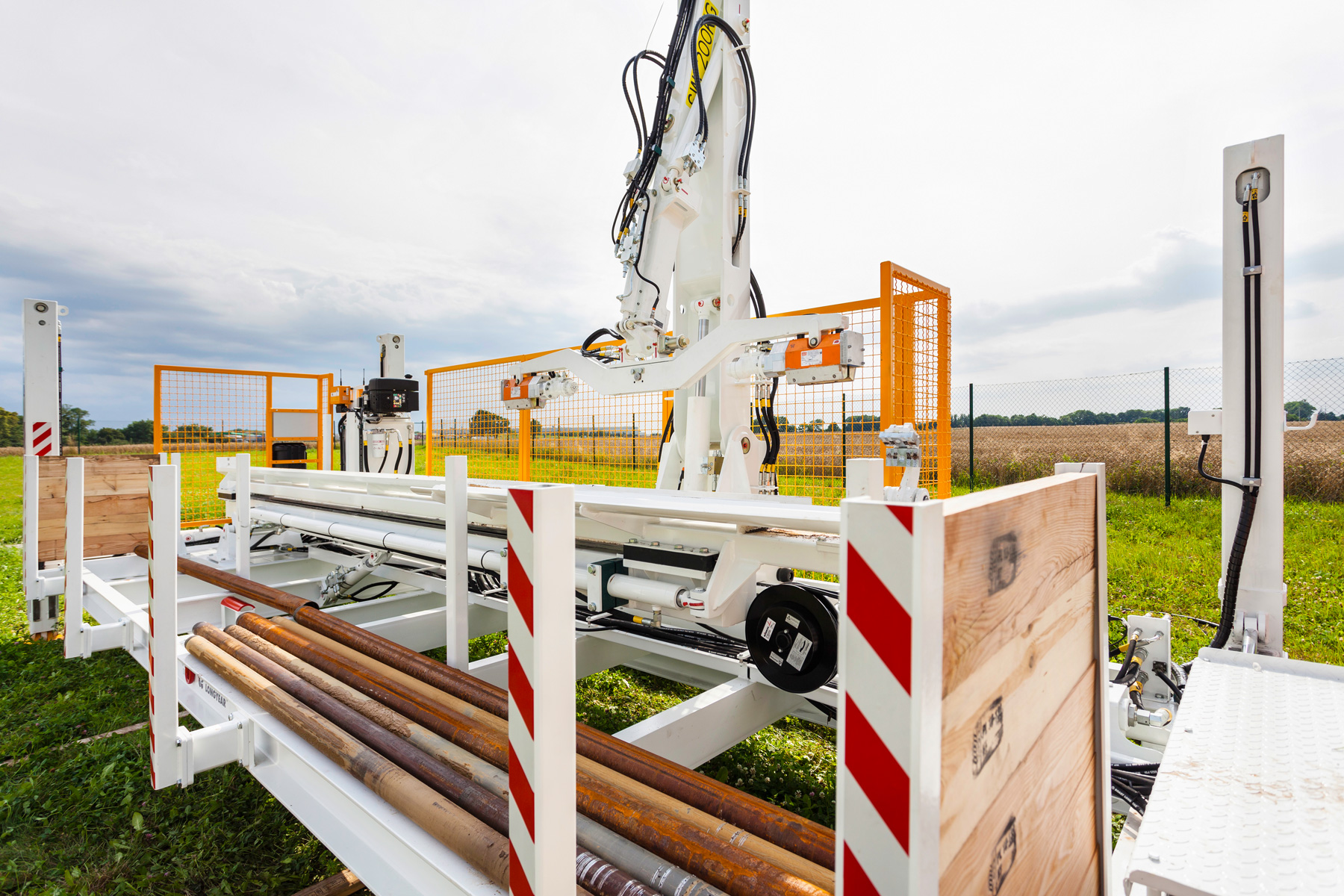
Además, los paneles de control más ligeros y portátiles ofrecen una ventaja sobre los paneles hidráulicos más pesados en cuanto a los movimientos del equipo. Con sistemas automatizados que abarcan el manejo de barras de perforación, los perforadores también evitan exponerse a sufrir lesiones causadas por la adición o extracción de barras en la sarta de perforación, incluyendo las piezas giratorias, levantamiento de piezas pesadas, malas posturas, puntos de pellizco, fatiga y tensión repetitiva.
Aumento de Productividad
Un beneficio secundario, aunque importante también, es el aumento de la productividad. Las tareas de perforación se pueden automatizar para realizarse a una velocidad equivalente o mayor de la de un perforador. Los controles electrónicos facilitan la perforación sin supervisión, lo que permite que el equipo complete una pasada de barras mientras los perforadores realizan el cambio de turno o toman un descanso para comer.
Los perforadores además pueden realizar otras tareas de valor agregado mientras la maquinaria completa las tareas manuales. La capacidad de establecer parámetros de operación significa que el sistema detendrá automáticamente la perforación si se infringen esos parámetros. Esta característica también permite a los supervisores establecer parámetros para los perforadores menos experimentados, por lo que se reduce el error humano y se mantiene la productividad.
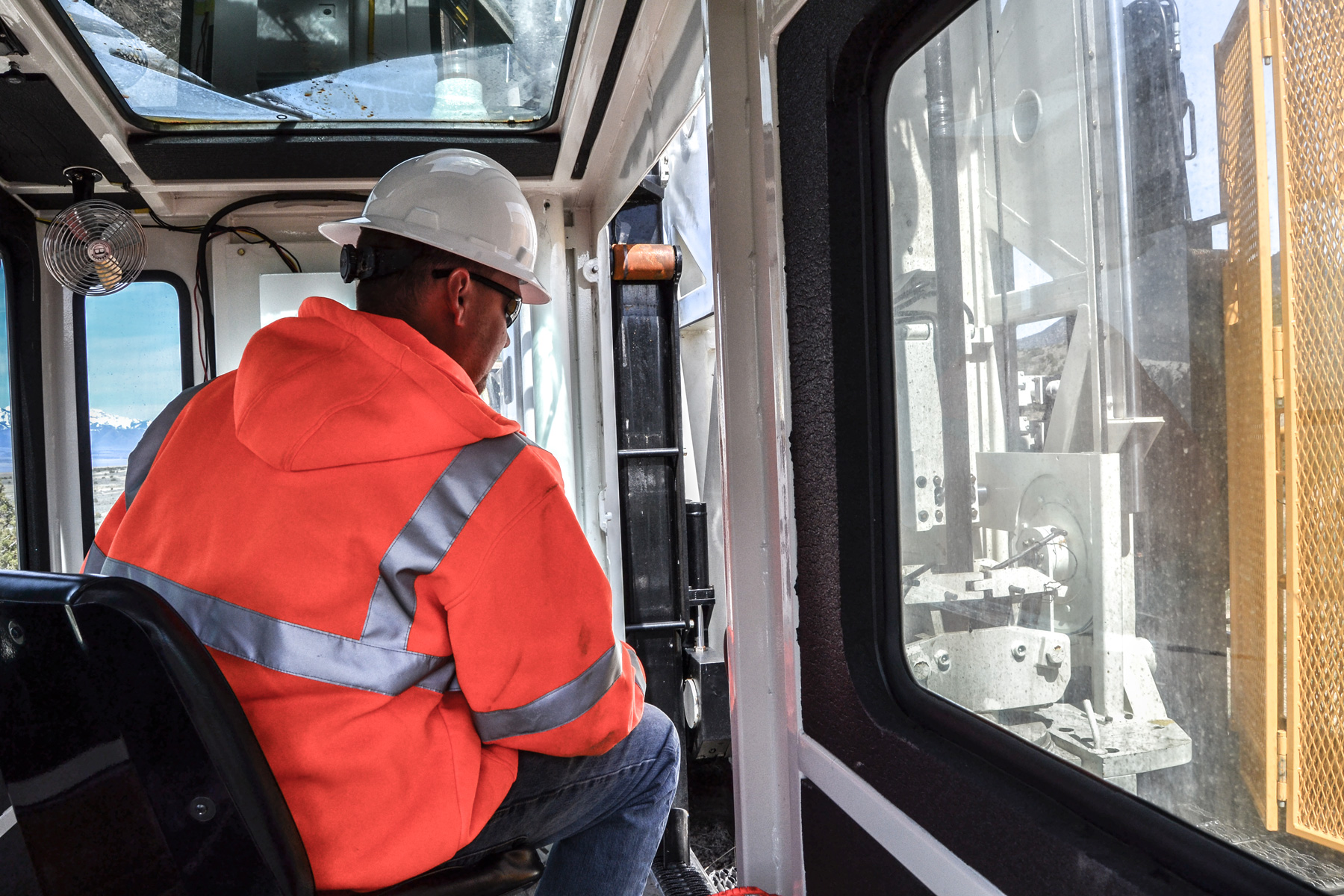
Si bien los beneficios económicos y de seguridad son importantes, y la atracción de la nueva tecnología puede ser poderosa, la decisión de automatizar y cuánto automatizar debe ser impulsada por una evaluación de costo-recompensa.
En Boart Longyear, estamos adoptando un enfoque mesurado de la automatización. La extracción de núcleos con diamantinas implica numerosos pasos, y muchos requieren intervención manual. Las máquinas no están diseñadas para hacer todo y la automatización completa requerirá una inversión significativa.
Entonces abordamos la automatización de un proceso a la vez. ¿Qué podemos automatizar con el equipo de perforación que tenemos? ¿Qué pasos puede hacer una máquina sin la mano del hombre? ¿Cómo podemos automatizar esos pasos a través de programas de software?
Uno de los primeros enfoques para nosotros fue mecanizar y automatizar los procesos de manejo de barras. En los últimos años, hemos lanzado una gama de presentadores y manipuladores de barras avanzados y patentados que mecanizan total o parcialmente el manejo de las barras, lo que elimina la exposición de los perforadores a los peligros asociados a esas tareas.
Nuestra DCi (Interfaz de control de perforación), presentada en 2013, es una interfaz totalmente electrónica que permite a un operador controlar tanto el equipo de perforación como el manipulador de barra. La interfaz DCi incorpora tecnología de bus CAN (Controller Area Network) para permitir la comunicación entre el equipo de perforación, el manipulador de barra y la DCi y autocontrolar y semiautomatizar la mayoría de las operaciones de perforación.
El sistema proporciona retroalimentación inmediata sobre las condiciones de perforación y registra una gama de datos para informes y análisis. Los sensores proporcionan un estado en tiempo real de la velocidad y presión de rotación, la presión de alimentación y retención, el flujo y la presión del agua, la velocidad de penetración, la fuerza de la broca, los diagnósticos y las alarmas.
Con sólo presionar un botón, el sistema de control monitorea la posición de la barra de perforación y la velocidad de rotación y alimentación, y continúa con la perforación. Al finalizar, el sistema deshabilita la rotación.
Además, la función de avance y retroceso de la barra con un solo toque permite al perforador desplazarse de manera eficiente y sin esfuerzo. Nuestro nuevo taladro de perforación subterránea móvil, el MDR700, presenta tanto nuestro controlador de barras DCi como el patentado.
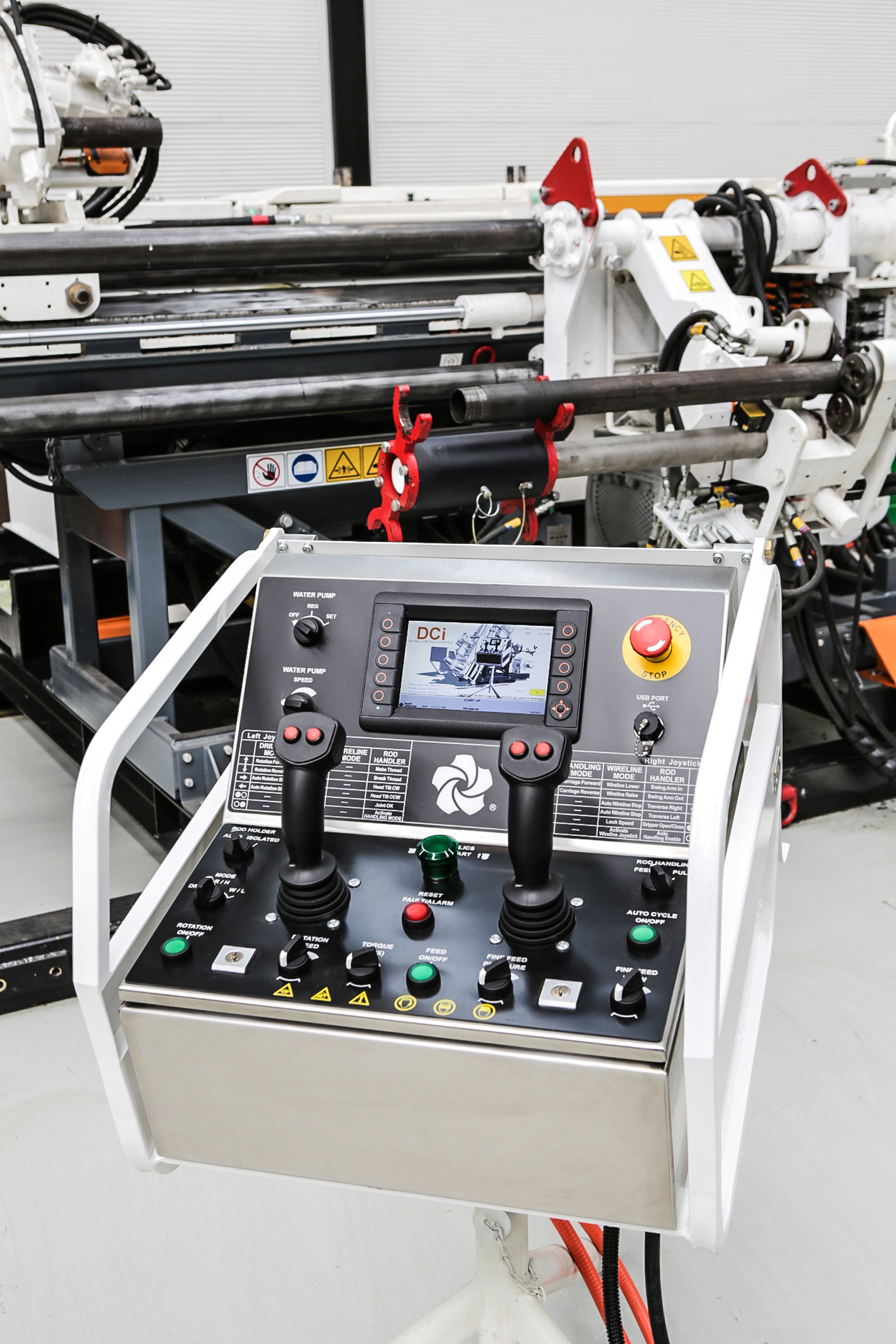
Lanzado este año, el equipo de perforación de superficie LF ™ 350 es uno de los taladros de perforación más profundos del mercado y está equipado con un sistema de control de bus CAN completamente electrónico.
El LF350 también se puede combinar con el cargador FL262 FREEDOM ™, que se lanzó el año pasado con el equipo de perforación de superficie LF ™ 160.
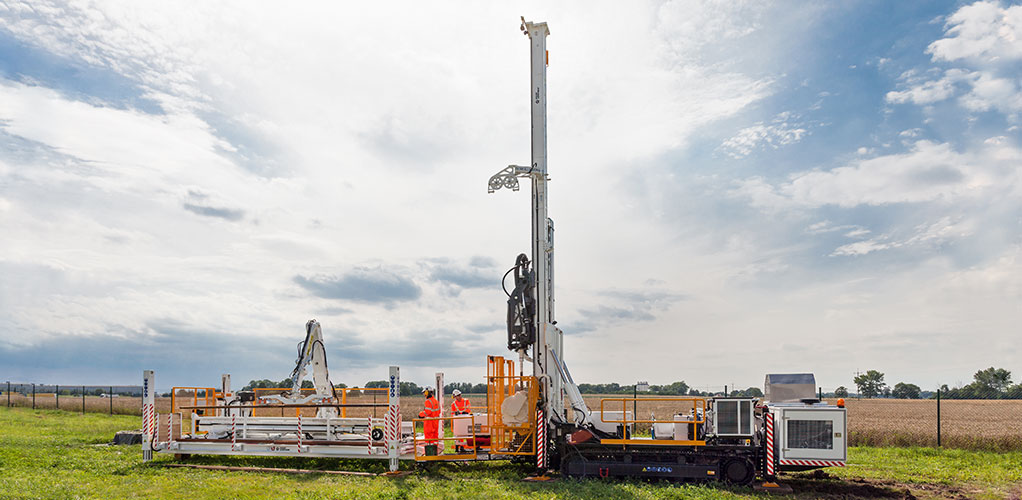
¿Está listo para dar el siguiente paso hacia la automatización?
Obtenga más información sobre la plataforma de perforación de perforación de superficie LF ™ 160
DISCUSIÓN
-
boartlongyear.com boartlongyear.com



